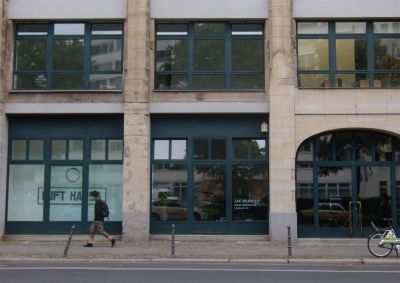Polish poster art in post-war Germany
Mediathek Sorted

IIt is also thanks to him that, in 1964, Professor Józef Mroszczak was able to come to Essen as a guest professor at the Folkwang School, financed by a scholarship from the Krupp company. Mroszczak was head of the department for commercial graphics at the Warsaw Academy of Art, a luminary of Polish poster art and generally a busy figure in the cultural establishment in Poland. There was hardly any Polish poster exhibition in the Federal Republic in which he was not somehow involved. His sponsor Carl Hundhausen, in turn, was invited to speak at the 1st International Poster Biennale in Warsaw in 1966, whose guiding spirit was Mroszczak.[21] Some time later he was one of the co-founders of the German Poster Museum in Essen,[22] where Mroszczak's poster art was honoured on several occasions including an exhibition in 1971 and, posthumously, in a major retrospective in 1978.[23]
But Polish posters were not only artistically pioneering, easily available and in line with the spirit of the time. They also had a moral bonus – something which once again demonstrates that the Cold War division into “good and bad” culture did not always remain strictly behind the Iron Curtain: The economic miracle years in the Federal Republic of Germany were not only a time of consumer spending, but also of consumer criticism, cultural pessimism and scepticism towards commercialization, mass culture and the cultural industry. In this context, the American film industry, and its Hollywood posters, embodied one of the enemy images par excellence. It became the epitome of showmanship, loud-mouthed vulgarity and kitsch. Polish poster art arrived precisely at the right time as a positive counter-image. It was celebrated as fresh, unspoilt, original, unbounded by commerce, and only committed to artistic criteria. Seen in such a light it became a sort of "noble savage" in the commercial poster branch. Against this backdrop, however, there is some irony in the fact that an American revolver hero was revived in a poster, which was to become one of the most iconic in recent Polish history. (Fig. 22)
[21] cf. Katarzyna Matul, Jak to było możliwe? O powstawaniu Międzynarodowego Biennale Plakatu w Warszawie, Kraków 2015, esp. pp. 20-23. cf. Also the catalogue of the Biennale, I Miedzynarodowe Biennale Plakatu w Warszawie / The First International Poster Biennale in Warsaw, Warszawa 1966, chapter. III: Symposium, according to which Hundhausen gave a paper on the "role of the world as an element of communication in the poster".
[22] Its basic stock consisted of a collection of posters originally purchased from the recently created Polish Poster Museum in Wilanów.
[23] "Józef Mroszczak: Plakate und Entwürfe", Essen, Haus Industrieform / Deutsches Plakat-Museum, 18.8.-23.9.1978.













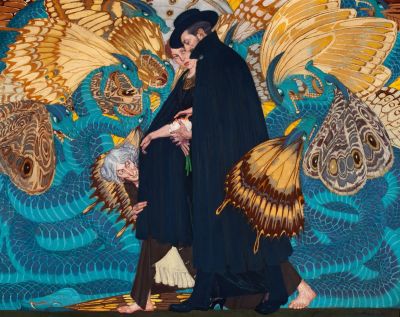



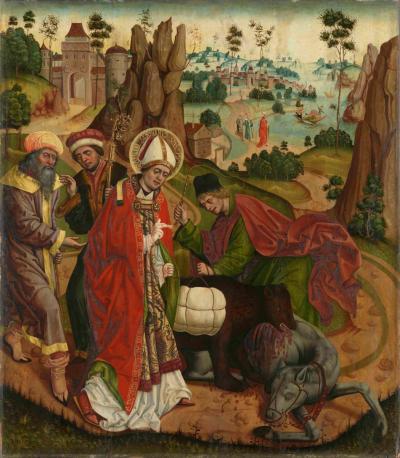









































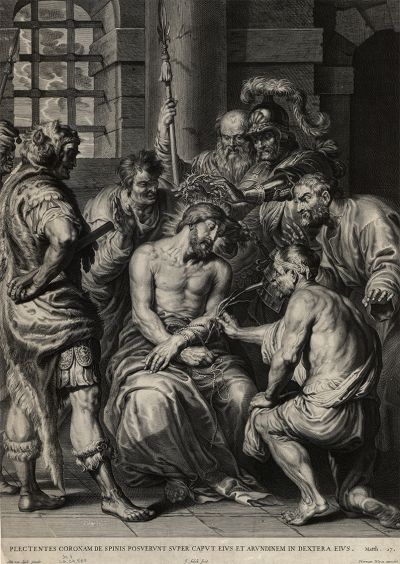
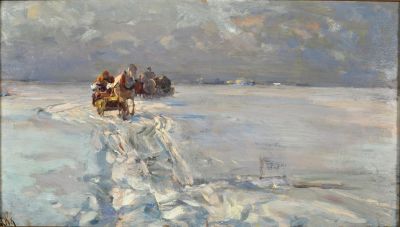















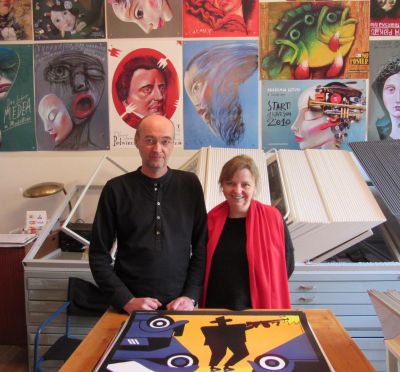

















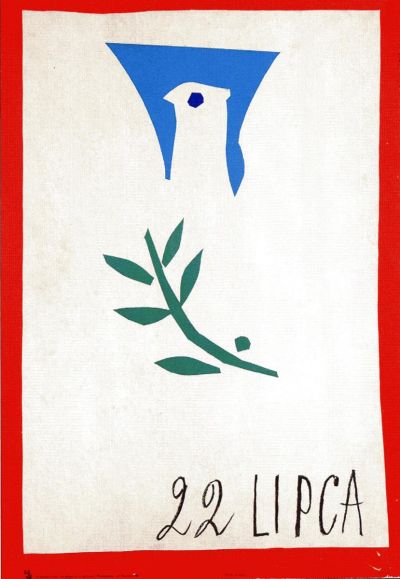

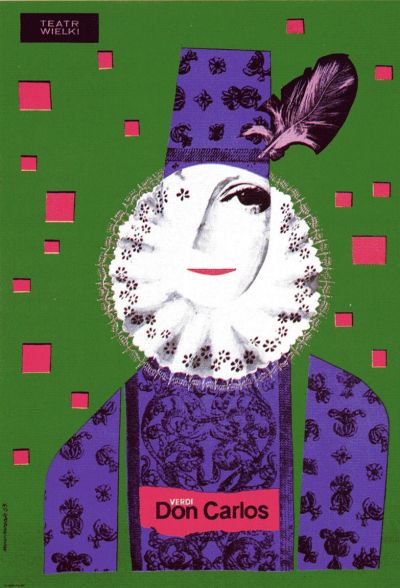











![ill. 22: Tomasz Sarnecki, Solidarność ill. 22: Tomasz Sarnecki, Solidarność - W samo poludnie [High noon], 4 June 1989](/sites/default/files/styles/width_100_tiles/public/assets/images/abb22.jpg?itok=ASCM67H8)
![ill. 23: Magazine ‘Jenseits der Oder’ [Beyond the Oder], Issue 6 ill. 23: Magazine ‘Jenseits der Oder’ [Beyond the Oder], Issue 6 - Published by the German Society for Cultural and Economic Exchange with Poland. Due to the unresolved border status from the perspective of the FRG, the title of the magazine was a provocation.](/sites/default/files/styles/width_100_tiles/public/assets/images/abb23.jpg?itok=xaW1FoEX)
![ill. 24: Jan Lenica, Wizyta starszej pani [A visit from an elderly lady] ill. 24: Jan Lenica, Wizyta starszej pani [A visit from an elderly lady] - Announcement of a theatre performance](/sites/default/files/styles/width_100_tiles/public/assets/images/abb24.jpg?itok=a4ssK6p6)



